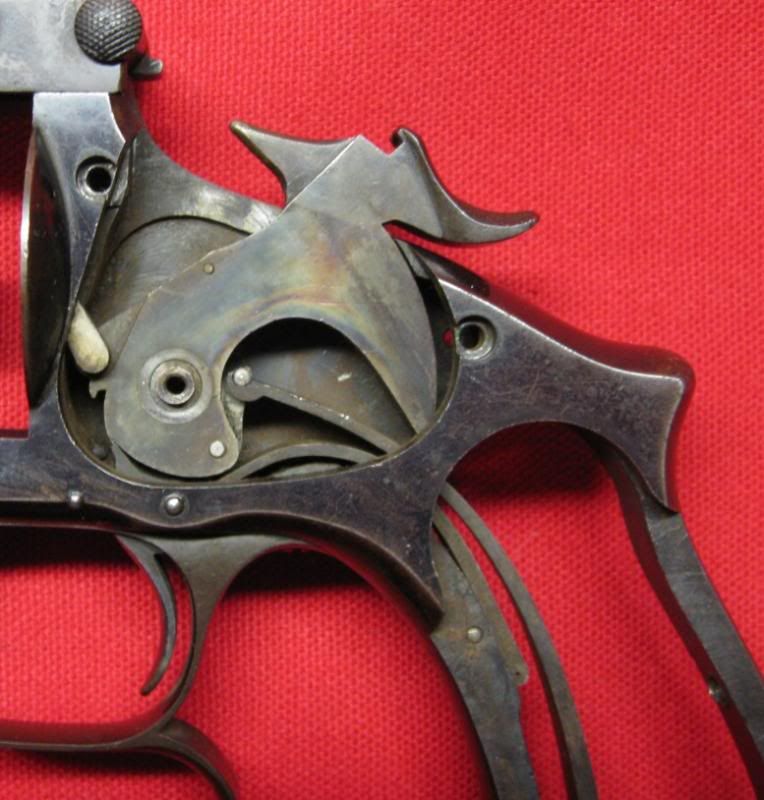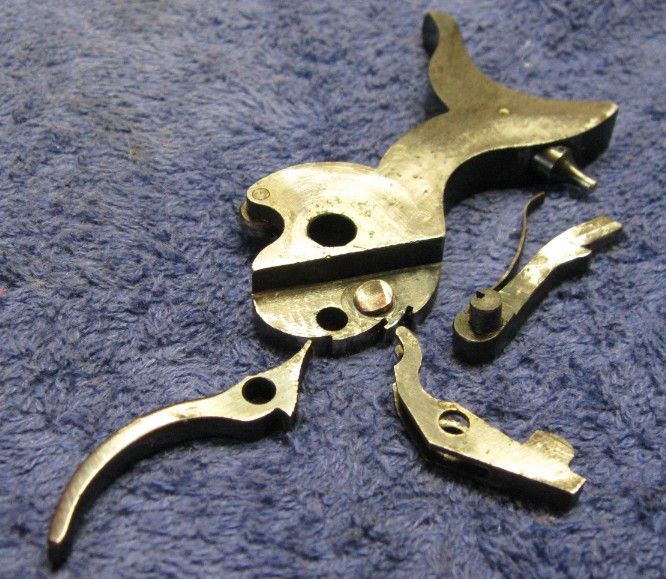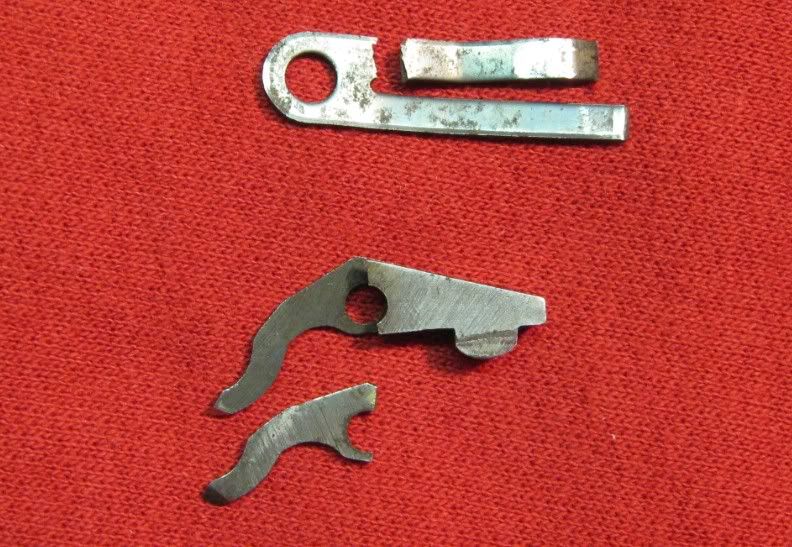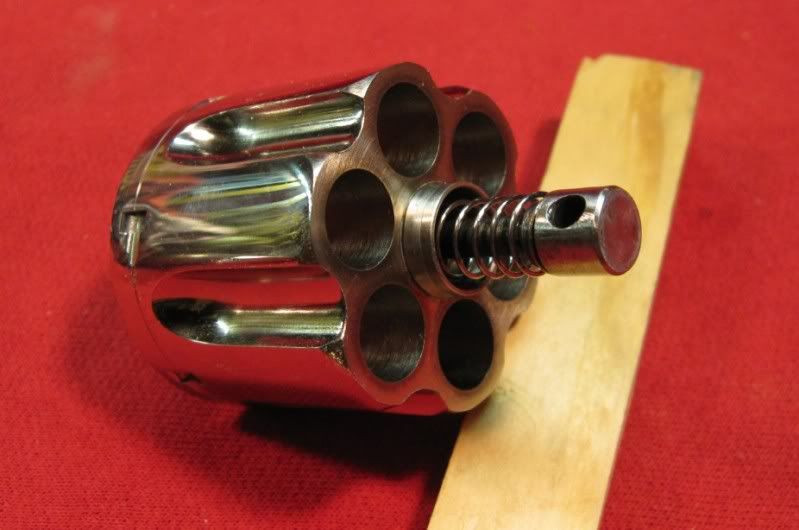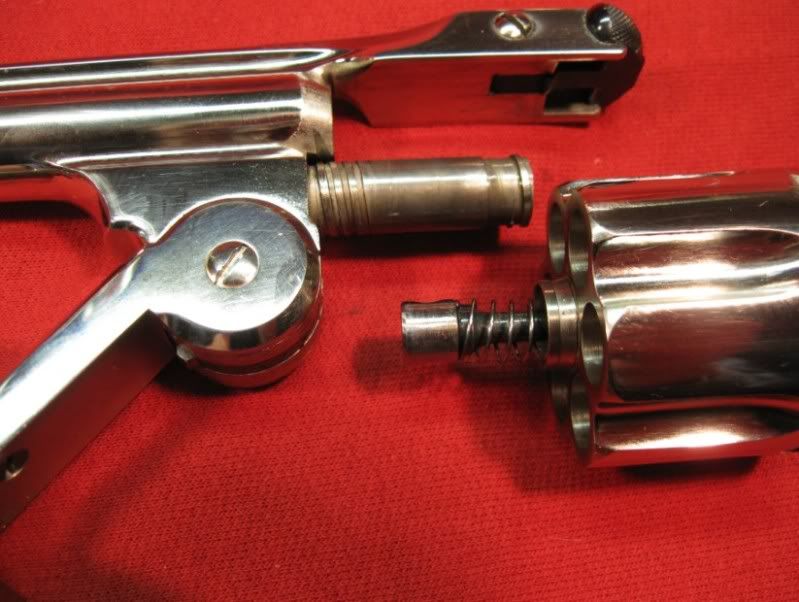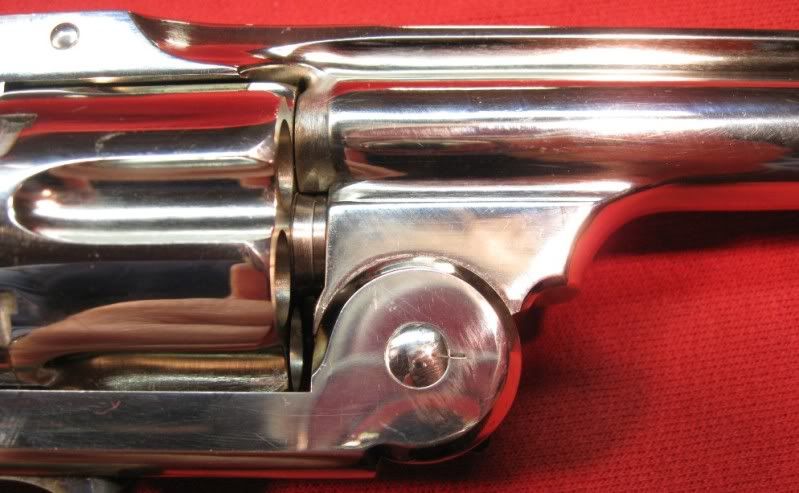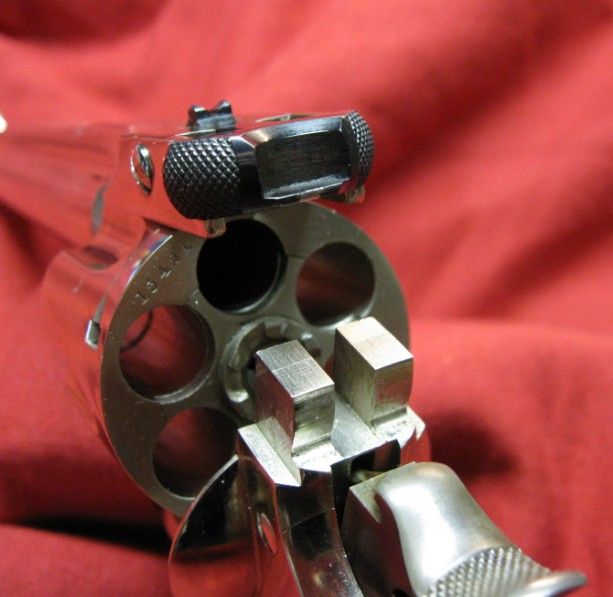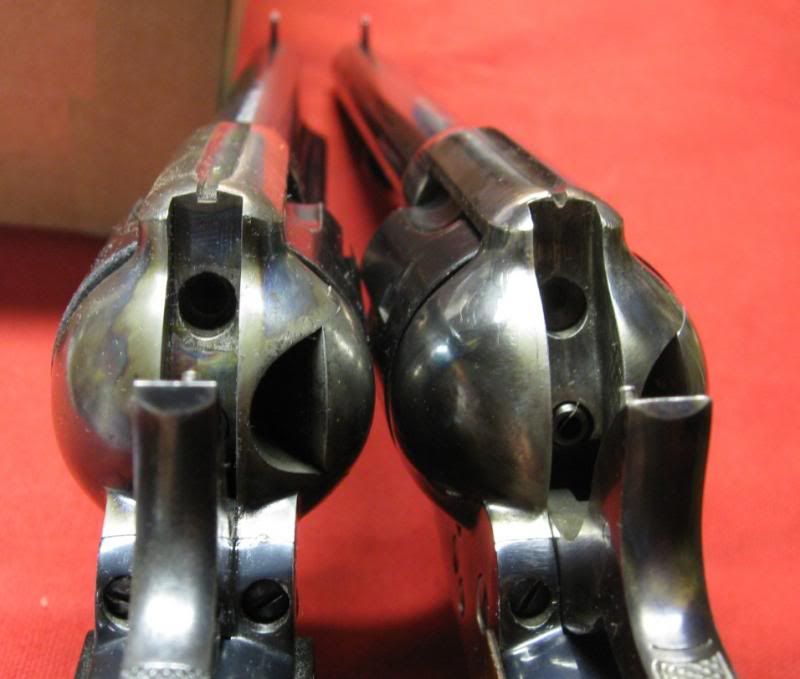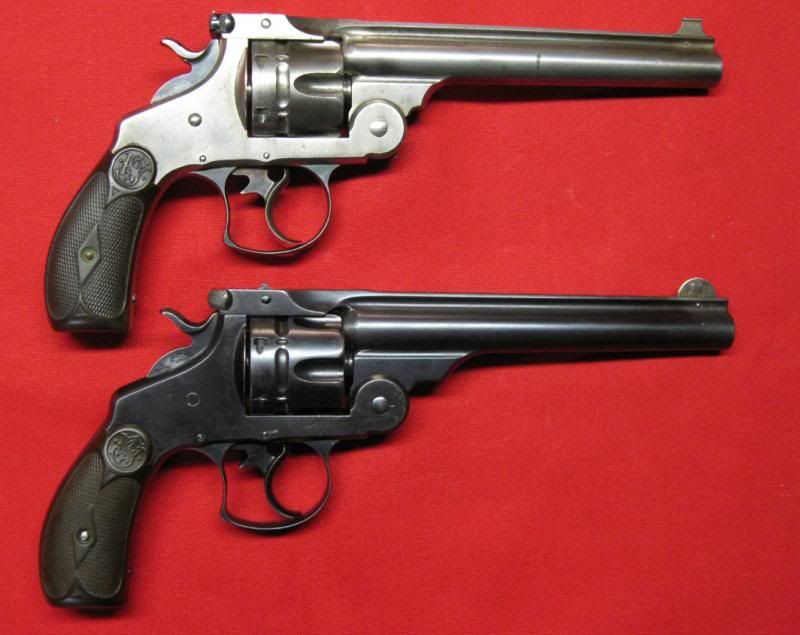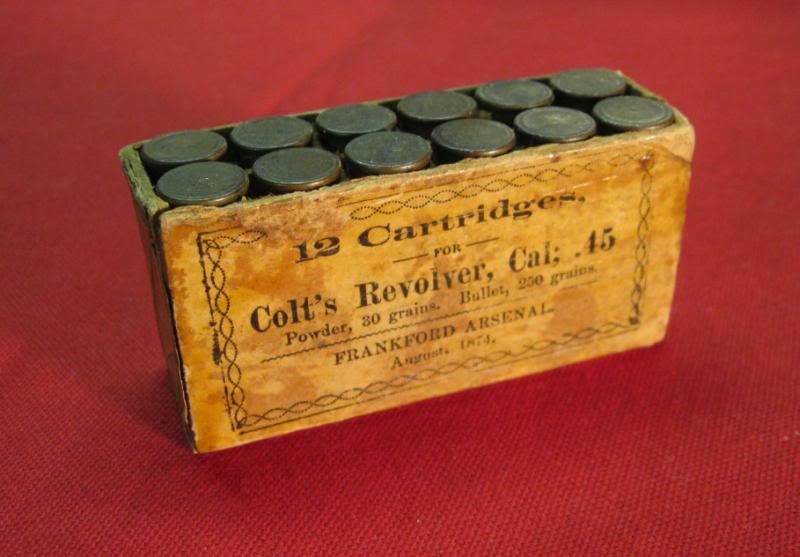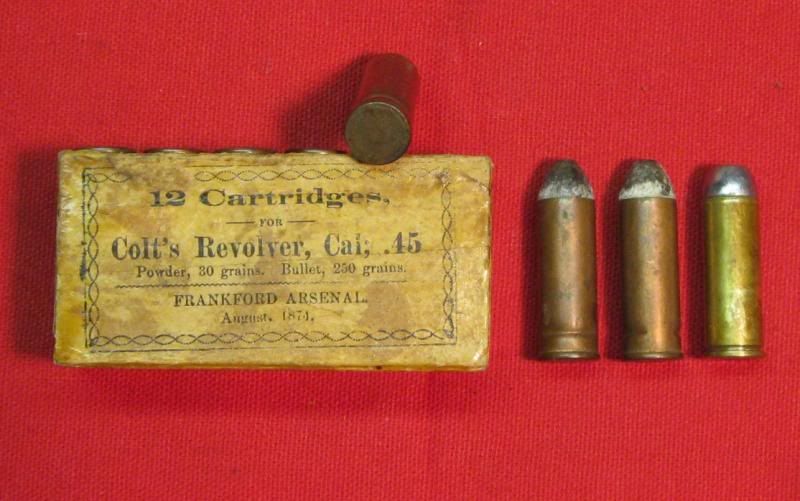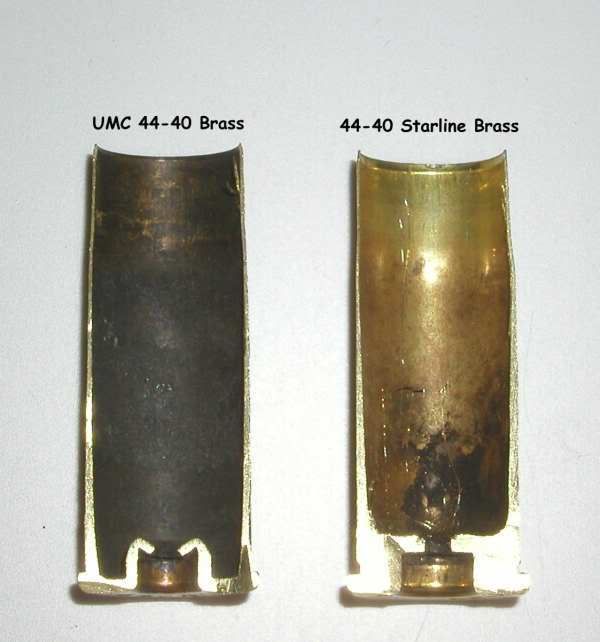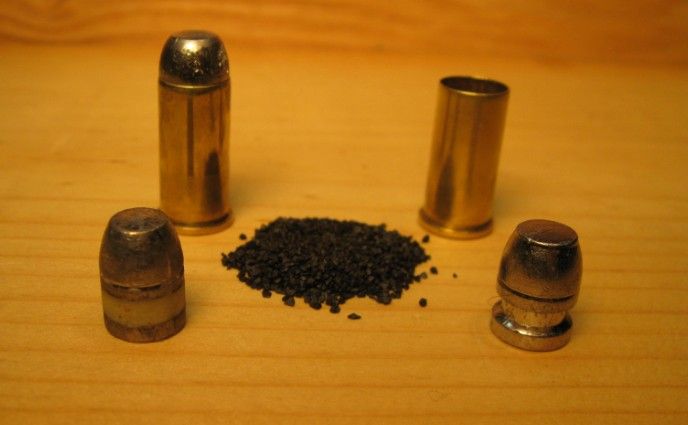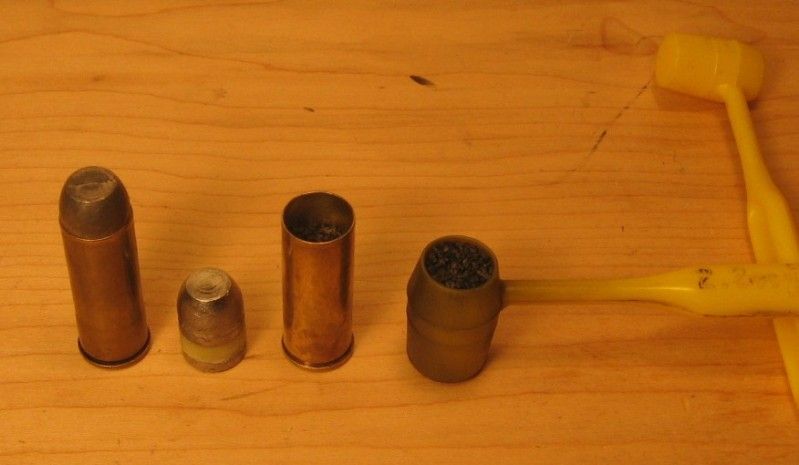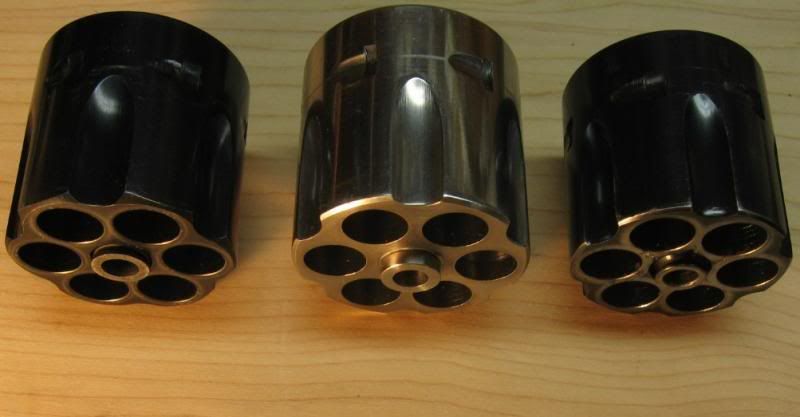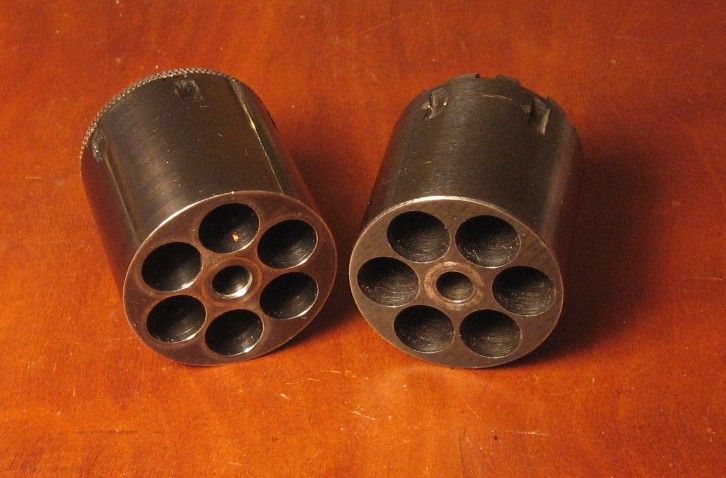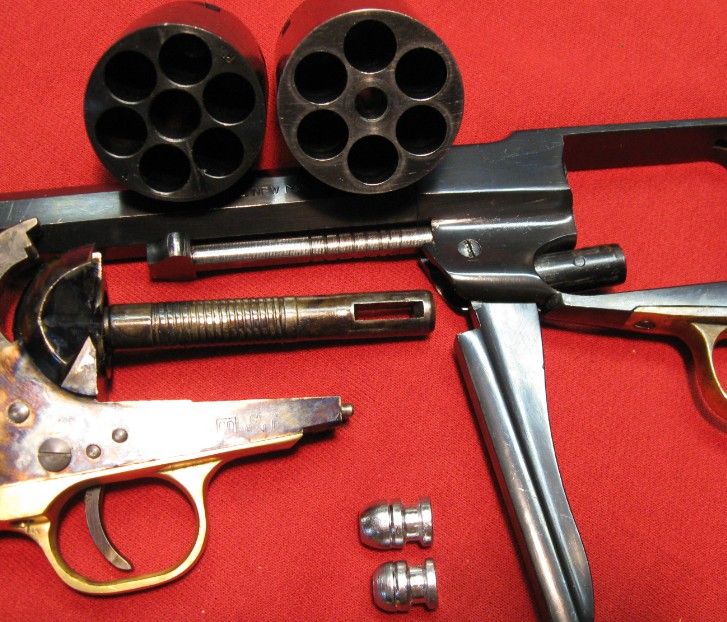mikthestick
New member
If you read the 1872 tests when the US adopted the Colt 45 I think few of you would buy anything but a Colt and that would not be a mistake. BUT
What don't the US army tests tell you, well quite a lot actually. The Colt shot harder than the Remington or the S&W. Then the government adopted the S&W lighter loaded cartridge, and Colt downloaded their cartridge.
The Colt performed best in the rust tests, but all of the guns had to be cleaned up a bit to get them to work. No firearm issued to the laziest soldiers in the world would be allowed to get into the conditions these guns were in. The S&W had more working parts (more to go wrong) perhaps requiring a bit more maintenance. If the firearms on test had been given to a gunsmith for an hour I feel sure they all would have performed well.
I wonder what might have happened if all the guns had just been fired until one malfunctioned first (note the malfunction), then carry on (if possible) until in an overheat condition. My guess is the S&W would overheat first due to faster firing in spite of the lower gunpowder load producing less heat. It is also possible the S&W would gum up with black powder residue fastest as it has more working parts to be affected. The one thing about the S&W (model 3) that is not good is the sight, these may have affected accuracy during tests however a trip to the gunsmith and that can be made to go away. The Schofield latching system is meant to be an improvement, I could argue that it may be for cavalry but not for infantry. My preference is for the standard latch S&W Model 3 firing the Russian cartridge. There is as far as I can see no spring to make the latch want to stay forward, perhaps it could be made to open accidentally.
Imagine if the S&W had been adopted, Colts first double action revolver was a disaster to use (not reflected by sales figures). S&W DA revolver were available in 1881 and as far as I know were pretty good. The 1881 version could have been adopted as a new or limited standard, never needing to be replaced by the 38 Colt. Therefore crazy Philipinos would have had a hard time and the 1911 may never have been born.
If I'm making a point it is this, there is nothing quite like a Colt and a Colt 45 in particular. For those of you who do cowboy shooting competitions, there is no need for you to feel that to be the best you need a Colt because something else might let you down.
I have started with facts and strayed into fantasy, so you think I prefer a S&W Model 3, YES, but only just. If I had been around 1880 I would have not known Merwin & Hulbert would go bust, there revolvers though less well known are excellent. Nobody is making replicas yet.
What don't the US army tests tell you, well quite a lot actually. The Colt shot harder than the Remington or the S&W. Then the government adopted the S&W lighter loaded cartridge, and Colt downloaded their cartridge.
The Colt performed best in the rust tests, but all of the guns had to be cleaned up a bit to get them to work. No firearm issued to the laziest soldiers in the world would be allowed to get into the conditions these guns were in. The S&W had more working parts (more to go wrong) perhaps requiring a bit more maintenance. If the firearms on test had been given to a gunsmith for an hour I feel sure they all would have performed well.
I wonder what might have happened if all the guns had just been fired until one malfunctioned first (note the malfunction), then carry on (if possible) until in an overheat condition. My guess is the S&W would overheat first due to faster firing in spite of the lower gunpowder load producing less heat. It is also possible the S&W would gum up with black powder residue fastest as it has more working parts to be affected. The one thing about the S&W (model 3) that is not good is the sight, these may have affected accuracy during tests however a trip to the gunsmith and that can be made to go away. The Schofield latching system is meant to be an improvement, I could argue that it may be for cavalry but not for infantry. My preference is for the standard latch S&W Model 3 firing the Russian cartridge. There is as far as I can see no spring to make the latch want to stay forward, perhaps it could be made to open accidentally.
Imagine if the S&W had been adopted, Colts first double action revolver was a disaster to use (not reflected by sales figures). S&W DA revolver were available in 1881 and as far as I know were pretty good. The 1881 version could have been adopted as a new or limited standard, never needing to be replaced by the 38 Colt. Therefore crazy Philipinos would have had a hard time and the 1911 may never have been born.
If I'm making a point it is this, there is nothing quite like a Colt and a Colt 45 in particular. For those of you who do cowboy shooting competitions, there is no need for you to feel that to be the best you need a Colt because something else might let you down.
I have started with facts and strayed into fantasy, so you think I prefer a S&W Model 3, YES, but only just. If I had been around 1880 I would have not known Merwin & Hulbert would go bust, there revolvers though less well known are excellent. Nobody is making replicas yet.

